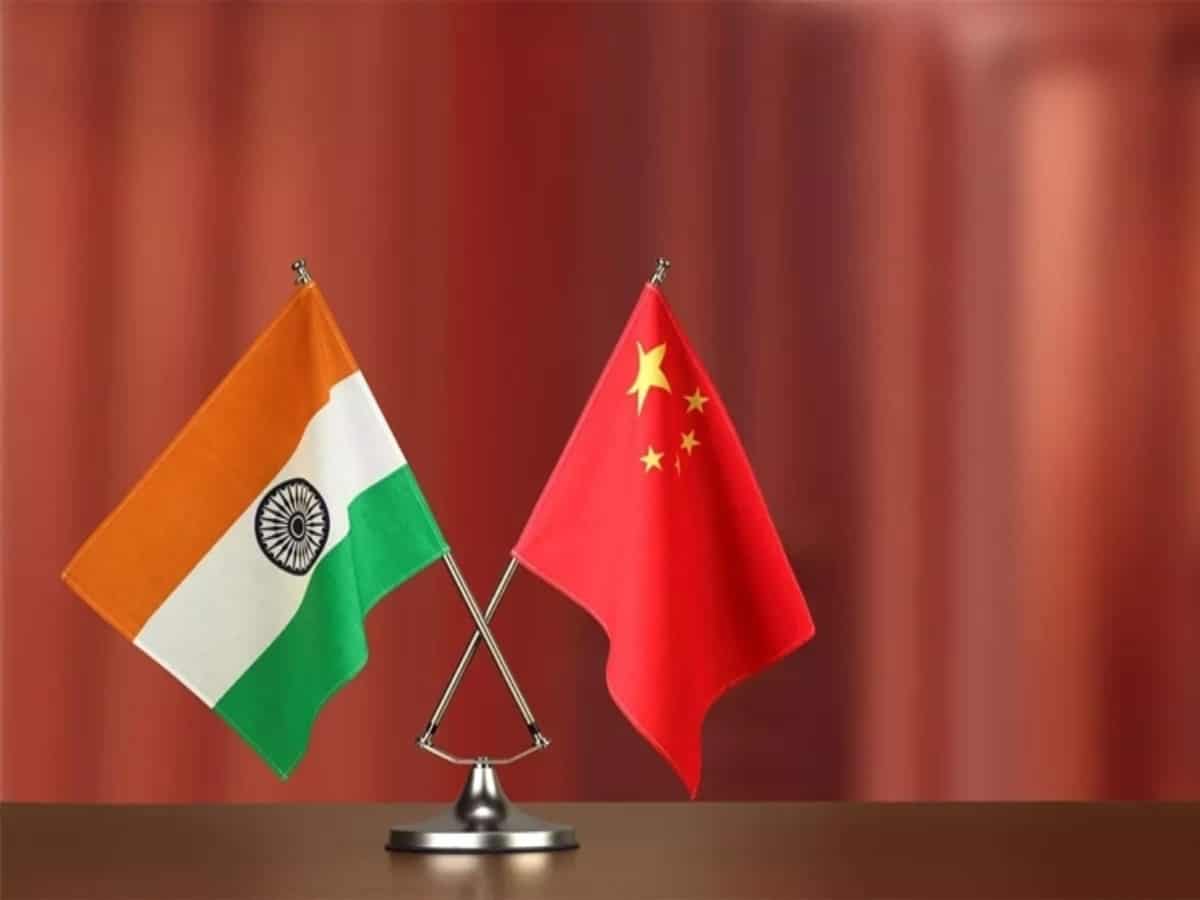
After the meeting of Indiana and Chinese defense ministers on the sidelines of the Shanghai Cooperation Organization ( SCO), in which the two sides failed to agree on the future of the situation in eastern Ladakh, which has caused a lot of consternation and tension on both sides, makes it mandatory for Delhi to reassess the crisis and tools for its resolution.
As usual, there was a lot of hype ahead of the meeting of visiting Chinese defense minister Li Shangfu and his Indian counterpart Rajnath Singh, on April 27, 2023, that the two sides could approach the matter of over three-year-long military standoff in the mountains and desert of eastern Ladakh with more pragmatism. Some of the optimists were hoping, in whispers though, for a breakthrough in the border situation. It was a difficult, though not impossible to deliberate on the standoff and the ways to end it . But the outcome has left neither side satisfied. Worse, they are looking at continuation of the crisis which has a potential of the geo-political stability, which already is on cutches.
India, as articulated by Rajnath Singh, during the meeting, “categorically conveyed that development of relations between India and China is premised on the prevalence of peace and tranquility at the borders.” There was an addition of a very strong point, in which the Indian minister said that “all issues at the LAC need to be resolved in accordance with the existing bilateral agreements and commitments., “ and he went on to remind the Chinese side and reiterated that the “ violation of existing agreements has eroded the entire basis of the bilateral relations and disengagement at the border will logically be followed with de-escalation.”
This was both an assertion of the Indian territory in eastern Ladakh and also a charge against Beijing, which traversed beyond the issue staring at the border. This also reflected that how the two Asian giants were losing the grand opportunity of fostering better bilateral relations because of China’s moves to unilaterally change the status of the LAC.
China was told that enough is enough and it will have to do more to ease the situation, and the first task is to go back to the letter and spirit of the agreements of maintaining peace and tranquility on borders. The agreement signed on September 7, 1993, between India and China had worked out a mechanism in which neither side would cross the LAC nor create any threatening situation. This agreement had, by and large been held, despite certain skirmishes and face-off situations until April 2020 when Chinese troops gathered in huge numbers with their war machinery and militarily threatening exercises. This was in complete violation of the agreement.
Chinese, on the other side, as it came out after the April 27 meeting, did not agree with the perception and the assessment of the border situation, and they believed that whatever has been done till date, in terms of disengagement and de-escalation at the LAC in eastern Ladakh, doesn’t require any further action , completely ignoring the fact that tensions continued to persist. There were at least two major friction points – Despang and Demchok where disengagement and de-escalation are pending.
Li Shangfu, however, as per the readout issued by China’s Ministry of Defense on Friday, said that the “ Common interest between China and India prevails over discrepancies, thus both sides should view bilateral ties and their development in a comprehensive, long-term and strategic way. The two countries should bring the border situation under the normalized management and to jointly enhance mutual trust between the two armies.” The not-s-hidden meaning of this statement is that India should accept the LAC situation as it is now, keeping all the changes that might have occurred since April 2020, out of the bilateral relations or future talks on the subject.
China is asking India, this is what is clear from Shagfu’s statement that the two countries should move ahead in their bilateral relations and treat the current border situation as normal. In short, it translates into, heads I win and tails you lose attitude articulated by China.
This is a serious proposition by China. It has put ball in the court of India , leaving Delhi with two choices whether you accept what is there and move ahead in the bilateral relations, or you wait and watch till the time China decides something else on the issue. It is a grave situation – India cannot accept it either.
This also poses tremendous challenge to Indian policymakers and strategists. The first and foremost things is that India should reassess the whole situation, draw its own roadmap of the solution it wants, and deliberate on the ways how to approach China in a manner in which there is no escalation and still the results can be achieved. While doing so, India will have to factor in the rising international profile of China, after it brokered agreement between Saudi Arabia and Iran, and now its efforts to broker peace between Russia and Ukraine. The US might offer help to India, but that would also be a self-trap for India. It should dig into the history, maintain strong diplomatic position and the best way would be to convey a message to Beijing that the current situation would hurt China as well. That demands strong words to be backed by great homework and action as per requirement of the situation.
